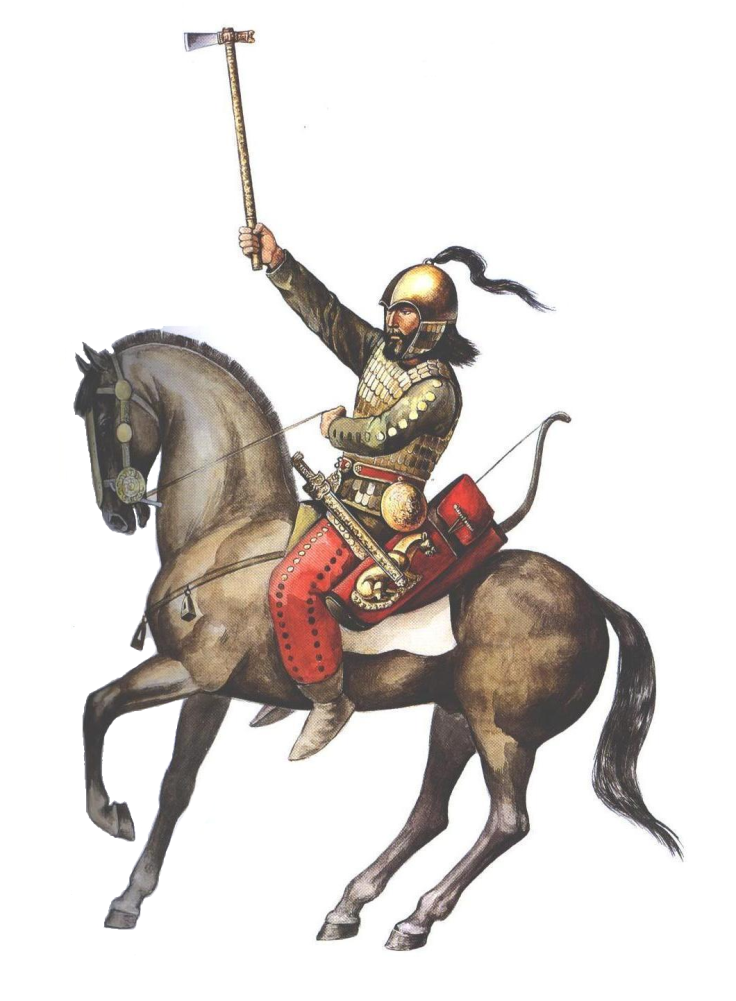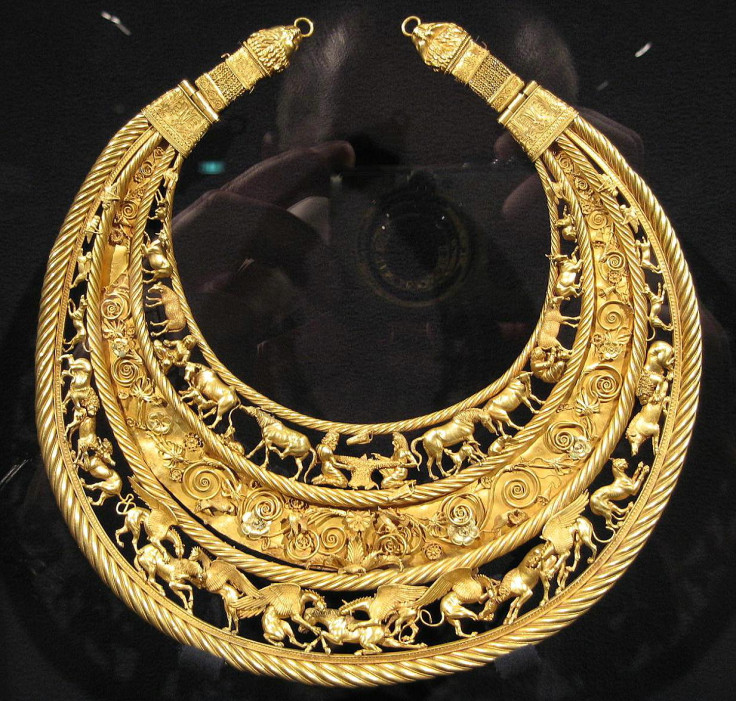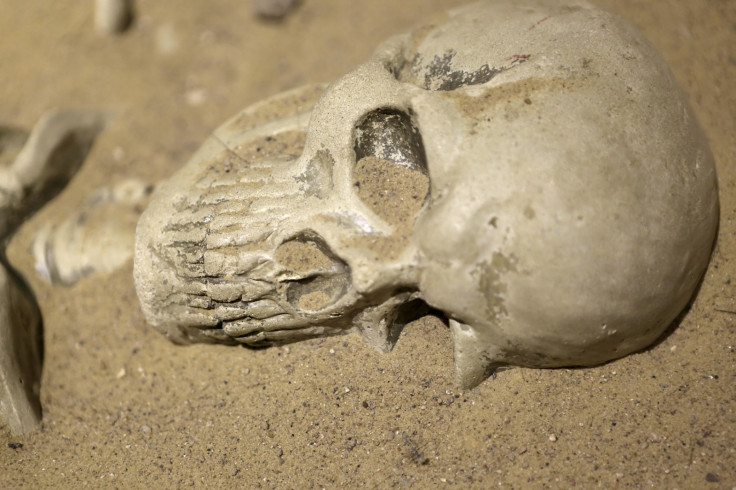Skulls of ancient Scythian people of Eurasian Steppe shed light on origins
Irregularities in skulls can be used to judge how closely related populations were.

A collection of skulls of Scythian people, who lived on the eastern European and central Asian steppe in 1st Millennium BCE, has shed light on their origins, a team of Russian scientists has found.
The 323 skulls found at Scythian burial sites in the northern Black Sea region were compared with 109 local Bronze Age European skulls and 79 central Asian skulls from the period. A total of 110 Sarmatian, or ancient Iranian, skulls were also analysed. The results are published in the American Journal of Physical Anthropology.
A series of small holes in the crania and irregular lines where the plates of the skull join up are thought to have a genetic basis and so can be used as markers of how closely related people were. The more similar two skulls' irregularities, the more closely related they are.
The method is called 'mean measure of divergence', and is much cheaper and requires less specialist equipment than a full genetic analysis. As it is much less technically challenging than extracting and analysing ancient DNA, it can be used as a rough estimate for genetic similarity or difference in a population.
There are two main competing theories for the origins of the Scythian people that the authors investigated.
"According to the first one they came to the northern Black Sea region from Central Asia as invaders and local Indo-European population was assimilated by them," said Alla Movsesyan of the Lomonosov Moscow State University in a statement.

"And as follows from the second hypothesis, the Scythians were genetically linked to the local population of the Srubnaya culture-historical society – the ethno-cultural consociation of tribes in the Late Bronze Age (16th-12th centuries BC), inhabited steppe and forest-steppe belts between the Dnieper and Ural Mountains."
So were the Scythians locals or invaders? The answer seems to be both: The analysis suggested that there was some truth in each of the theories. There were similarities between the Scythian and local skulls, and between those of the central Asian skulls.
However, the technique used in the analysis of the skulls falls short of being able to distinguish whether the populations intermingled or whether they are similar because they descended from a common ancestor. More sophisticated methods would be needed to determine the exact origins of the Scythian people.

© Copyright IBTimes 2025. All rights reserved.






















